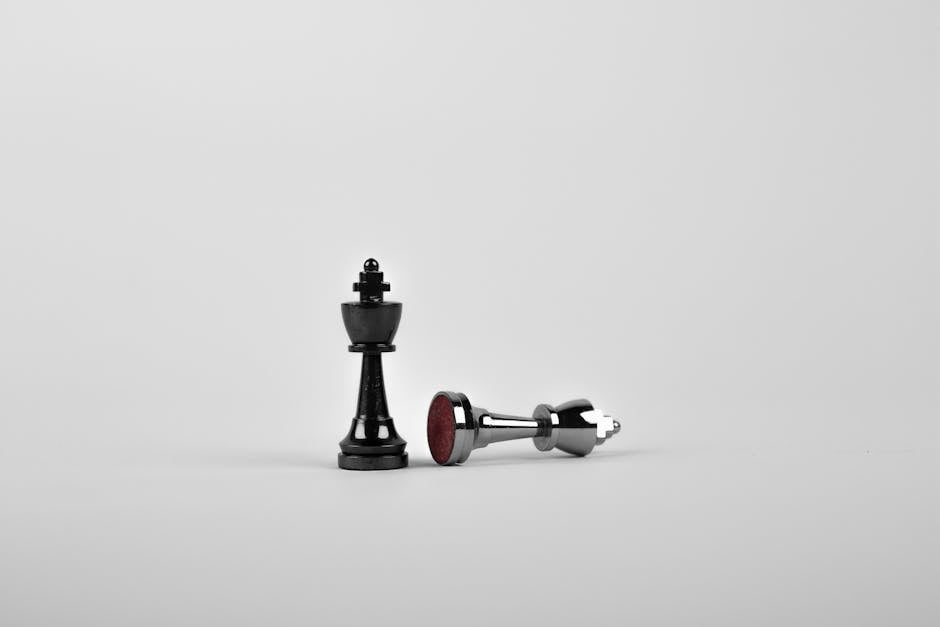
Mastering Golf Course Photography: Top Tips for Stunning Golf Visuals
Golf photography is a unique and rewarding niche for photographers who want to capture the beauty of golf courses and the game itself. Whether you're a professional golf course photographer or just a golf enthusiast looking to improve your golf images, mastering the art of golf course photography can take your photos to the next level. In this article, we'll explore some top tips for creating stunning golf visuals that will wow viewers and elevate your golf photography skills.
Understanding the Golf Course Environment
Before you start taking golf images, it's essential to understand the golf course environment. Golf courses are meticulously designed landscapes with lush green fairways, bunkers, water hazards, and trees. The key to capturing stunning golf visuals is to showcase the natural beauty of the course while also highlighting the challenges and intricacies of the game.
When photographing a golf course, pay attention to the lighting conditions, the course's unique features, and the overall layout. Look for interesting angles and perspectives that showcase the course's natural beauty and design elements. Experiment with different focal lengths and compositions to create dynamic and visually appealing golf images.

Choosing the Right Equipment
To master golf course photography, you'll need the right equipment. A digital SLR camera with a telephoto lens is essential for capturing the details and nuances of a golf course. A tripod can help steady your shots and ensure sharp images, especially in low-light conditions. Consider investing in a polarizing filter to reduce glare and enhance the colours of the landscape.
When choosing a lens for golf photography, a telephoto lens with a focal length of 70-200mm is ideal for capturing distant shots of golfers on the course. A wide-angle lens can help capture the sweeping vistas and grandeur of a golf course from a different perspective. Experiment with different lenses to find the best combination for your golf images.
Composition and Framing
Composition is key to creating stunning golf visuals. Pay attention to the rule of thirds and leading lines to create visually appealing golf images. Frame your shots to include interesting foreground elements, such as trees, bunkers, or water hazards, to add depth and dimension to your photos.

When photographing golfers on the course, focus on capturing their swings, reactions, and emotions. Use a fast shutter speed to freeze the action and ensure sharp images. Experiment with different angles and perspectives to capture unique and dynamic golf visuals that tell a story.
Editing and Post-Processing
Editing and post-processing can enhance your golf images and take them to the next level. Use editing software such as Adobe Lightroom or Photoshop to adjust the exposure, contrast, and colours of your photos. Experiment with different presets and filters to create a unique look and style for your golf visuals.
When editing golf images, pay attention to the details and textures of the landscape. Enhance the colours of the grass, trees, and sky to create vibrant and eye-catching golf visuals. Use cropping and straightening tools to improve the composition and framing of your photos.
Conclusion
Mastering golf course photography takes time, practice, and dedication. By understanding the golf course environment, choosing the right equipment, mastering composition and framing, and editing your photos effectively, you can create stunning golf visuals that showcase the beauty and excitement of the game. Experiment with different techniques and styles to develop your unique voice as a golf photographer and capture the essence of golf in a visually compelling way.
